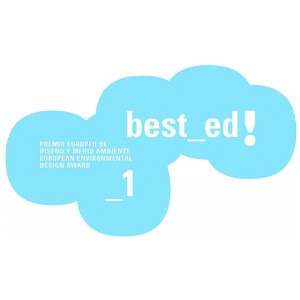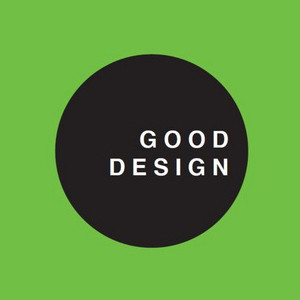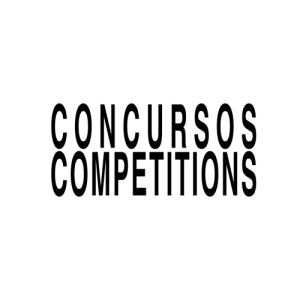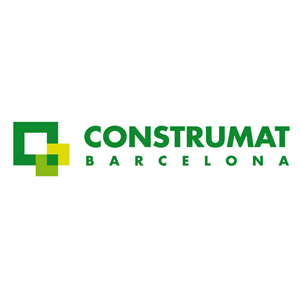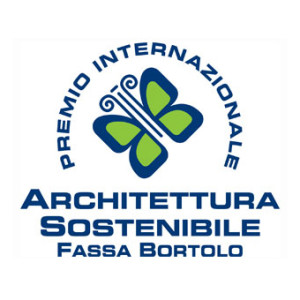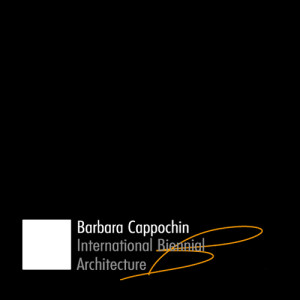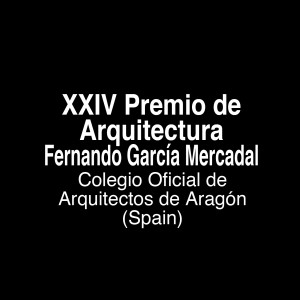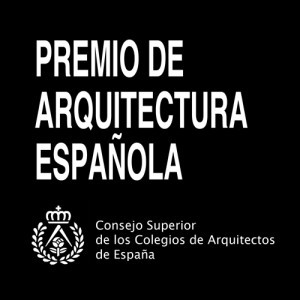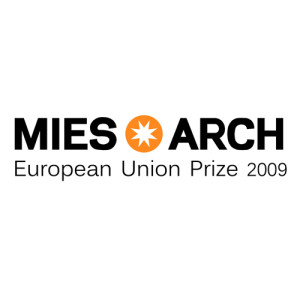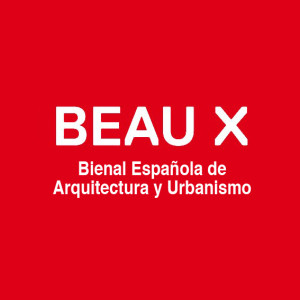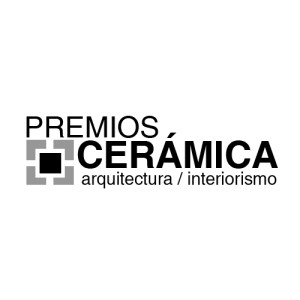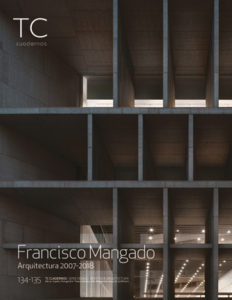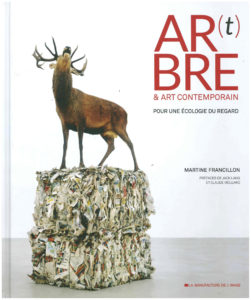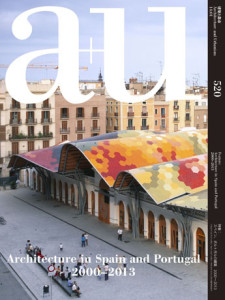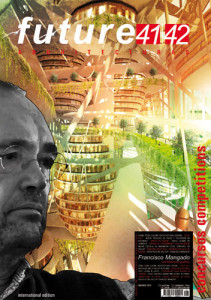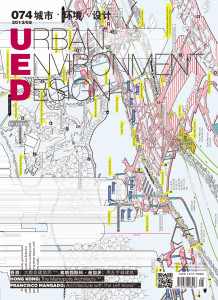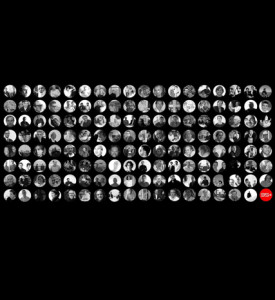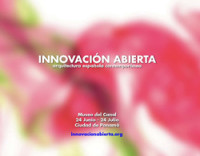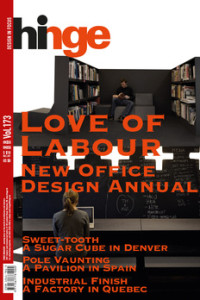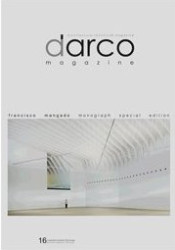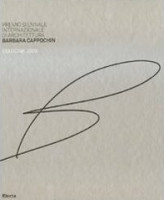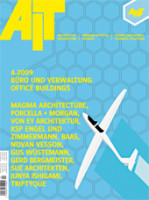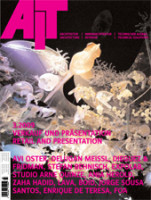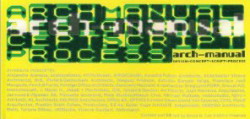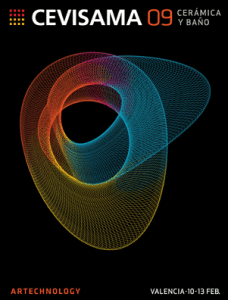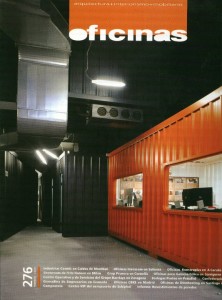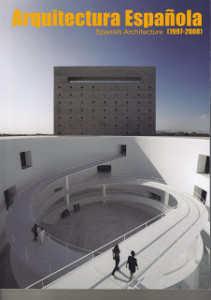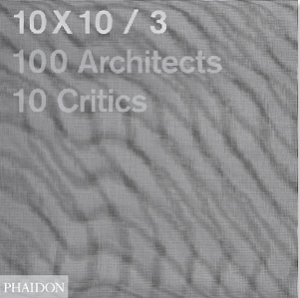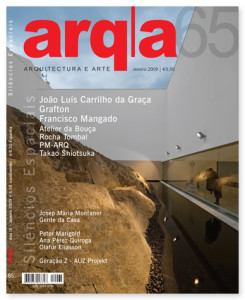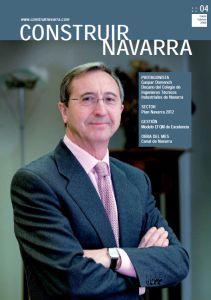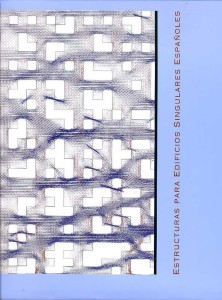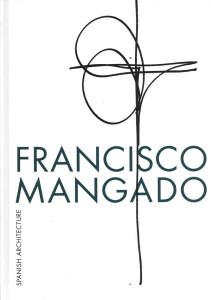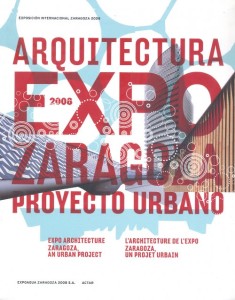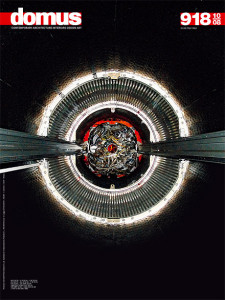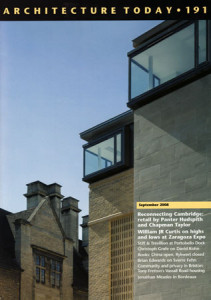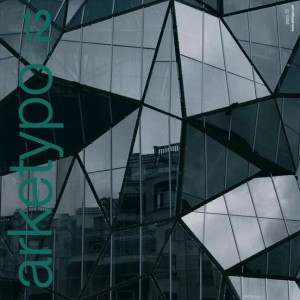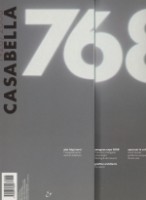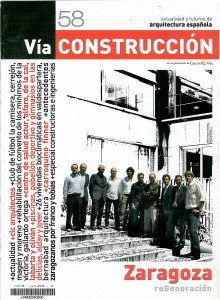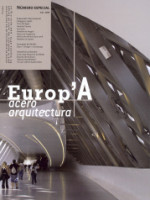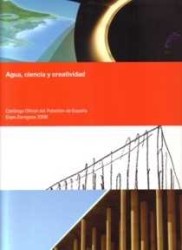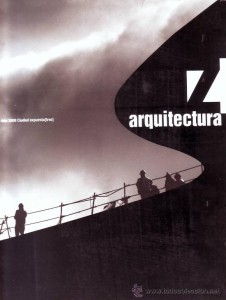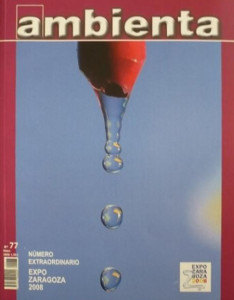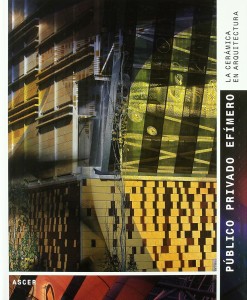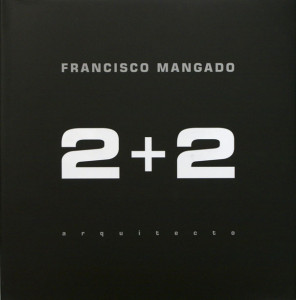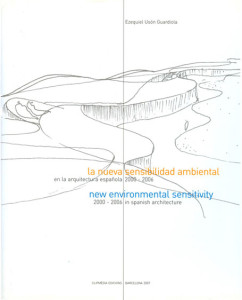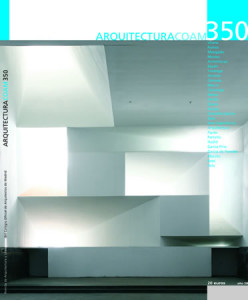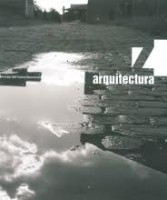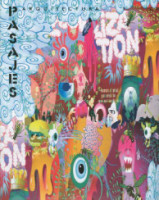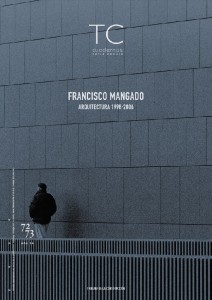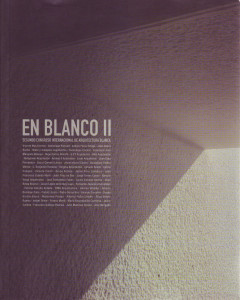Spanish Pavilion Expo Zaragoza 2008+
2006-2008
Zaragoza-Spain
10.573 m2
Evoking the space of a forest, or of a group of bamboos on a surface of water, has been the main aim of the project. On the one hand there is a desire to create a building mechanism able to generate incredible possibilities from the point of view of energy logic and environmental awareness, an essential and symbolic aspect for the future Spanish Pavilion at the International Exposition of Zaragoza. But on the other hand, one of the most attractive spaces one may have deal with, both in terms of matter and light, is transferred to the field of architecture. Changing spaces, spaces full of hints and nuances where concepts such as verticality and depth play an essential role.Is the artificial reproduction of a natural process possible? This is an old, unattainable aspiration of architecture. However, in this case this approximation is possible because the geometric strength of the metaphor performs in our favor, and the image suggested gives the proposal a symbolic charge that is necessary in the case of a pavilion, that of Spain to be more precise, for an international expo. The metaphorical allusion, in which water is present through the landscape of reference, is strong and evident.
Construction.
Pieces.
The process is clear and simple. The vertical elements may be manufactured in a workshop. They have a metallic core clad in pieces made of clay that, in contact with water, absorbs it generating air currents that act as microclimates (see corresponding project descriptions and schemes).Its bracing, to ensure structural unity, is very simple and based on the same method used in many nurseries to maintain trunks vertical.
Roof.
A huge roof, supported off by all these profiles, covers the pavilion. It is a useful roof because its width (three meters) allows to accommodate energy saving systems (see project description) and, at the same time, adjust light with the help depth, which makes the sunrays, very controlled, draw their trace and reflection on the columns and the water surface at the base. The roof is clad in panels of recycled wood shavings.
Exhibition Spaces.
They are carved out voids. Their slabs hang from the large roof, braced only to the columns. They are built with beams of recycled wood shavings and resin. The exterior enclosure is also of glass. A system of mobile partition walls will be anchored to the structure, with the visual and acoustic insulation needed for the development of certain exhibitions and for the future cinema center.
Calle Pablo Ruiz Picasso, Zaragoza, España
